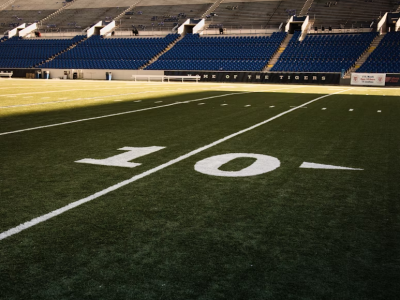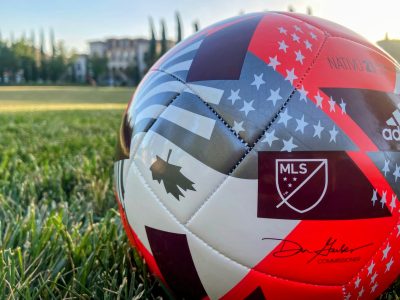When Morocco’s Atlas Lionesses play Germany in the FIFA Women’s World Cup, Nouhaila Benzina will make history as the first woman to wear a headscarf. The 25-year-old is a member of the legendary group that achieved tournament qualification, making them the only Arab side to do it.
Due to safety concerns, FIFA outlawed the hijab in 2007, however, that decision was reversed in 2014. However, up to this point, no player has worn it at the Women’s World Cup. The historic presence of Nouhaila is a huge milestone in the direction of diversity and inclusion in sports.
Despite FIFA’s inclusive rules, the hijab ban in football is still in place in France. Groups like “Les Hijabeuses,” who claim the ruling is Islamophobic and prevents women from participating in sports, have criticised the decision. They draw attention to the unfairness since Christian athletes are permitted to make religious gestures while playing.
The French Football Federation bases its justification for the prohibition on a 1905 statute on secularism that prohibits the wearing of any religious apparel or symbols in sports.
Despite advancements in sportswear design, including “sports hijabs,” there are still certain problems. Swimming has outlawed full-body swimsuits made for modesty owing to claimed benefits. Talented competitors like Aya Medany left the sport as a result.
The impending historic event with Nouhaila Benzina is a perfect example of how important it is for sports to value diversity. It is believed that increasing inclusion would improve the athletic environment for everyone as more athletes break through barriers and pave the way.









